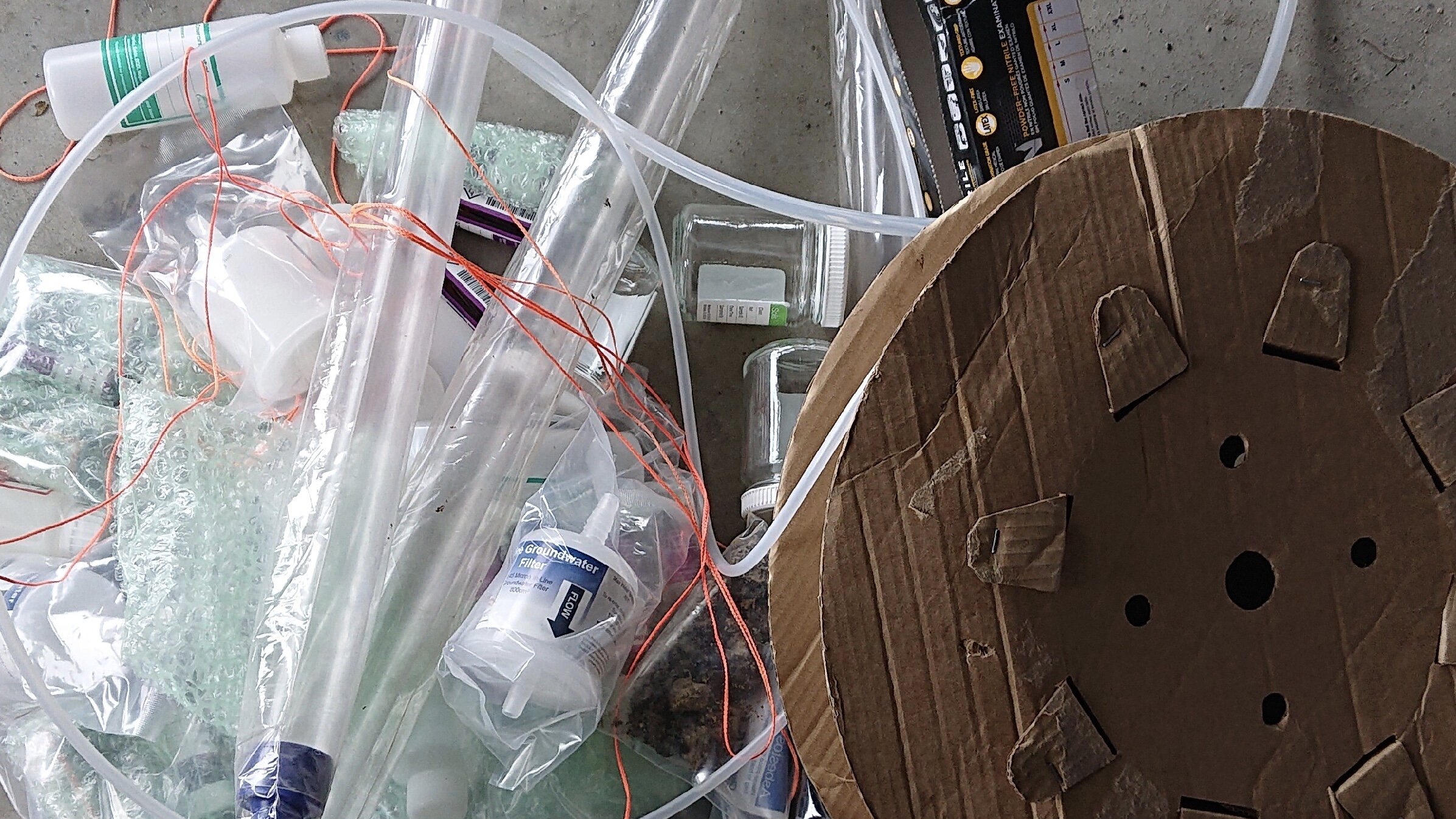Cutting Waste, Not Corners: How Direct Sensing Tools Slash Investigation-Derived Waste
Choosing investigation techniques that are suitable yet minimise waste generation should be a core component of site investigations.
Leading with Sustainability: Reducing Investigation-Derived Waste in Contaminated Land Management
As key players in the Australian contaminated land sector, it’s essential to demonstrate leadership by embedding sustainability principles across all facets of our work, particularly in site assessment and remediation. By adopting methodologies that minimize human and material inputs and reduce investigation-derived waste (IDW), we can make significant strides toward sustainable outcomes.
High-density sample rates, enabled by advanced technologies, allow for the creation of detailed conceptual site models. These models support precision in-situ treatment of contaminant plumes, streamlining efforts and reducing environmental impacts. Here are key sustainability levers to consider for your next investigation or remediation project:
1. Direct Sensing Tools for Environmental Investigations
Direct sensing tools provide real-time data for rapid and precise hydrostratigraphic characterization and contaminant delineation. These systems have been available in Australia for over 10 years. These technologies include:
- Membrane Interface Probe (MIP): Detects volatile organic compounds (VOCs) in the subsurface, providing detailed contamination profiles.
- Ultra Violet Optical Screening Tool (UVOST): Specialized for identifying non-aqueous phase liquids (NAPLs) like petroleum hydrocarbons using laser-induced UV fluorescence (LIF).
- Optical Screening Tool (OIP): Combines fluorescence (not LIF) with visual imaging to assess hydrocarbon contamination in soils.
- Hydraulic Profiling Tool (HPT): Measures subsurface permeability, enabling detailed understanding of groundwater flow and contaminant transport pathways.
- Cone Penetration Testing (CPT) & Piezocone Penetration Test (CPTu): Measures geotechnical parameters that can be used to identify the stratigraphic profile of the formation.
These tools reduce the need for extensive soil and water sampling, minimize material waste, and accelerate project timelines while improving data accuracy.
Environmental direct sensing tools could be considered the equivalent of similar geotechnical systems such as CPTu, Dilatometer and Vane Shear that share growing popularity for tailings and dam investigations.
2. Minimise Drilling-Derived Waste
Conventional site investigations generate substantial quantities of waste, including contaminated soil, water, PVC wells, and single-use sampling consumables. Direct sensing tools can dramatically reduce these outputs by minimizing the number of wells installed and soil samples collected. This not only cuts waste but also supports more sustainable site assessments.
3. Streamline Data Integration for Efficiency
Technologies that produce digital outputs allow for seamless data integration and sharing, reducing reliance on paper-based systems. Geographic Information Systems (GIS) and digital platforms enhance data management and create 3D visualizations of contaminant plumes. These tools not only improve stakeholder communication but also bolster confidence in decision-making therefore significantly reducing the requirement for remobilising to “fill data gaps”.
4. Reduce Site Disturbance
Direct sensing and in-situ techniques, such as slurry injection, minimize disruption to the site. These approaches preserve natural features, reduce the need for excavation, and eliminate the transport of large volumes of contaminated soil and water to landfills or treatment facilities. The result? Lower traffic, carbon emissions, and restoration costs.
5. Enhance Safety
Waste isn’t just about materials—it also includes risks to human health and safety. Direct sensing eliminates many exposure pathways for drilling crews and consultants, significantly reducing manual handling injuries and contaminant exposure risks. Lightweight and efficient, these tools prioritize safety while achieving superior results.
The True Cost of Investigation Waste: Missed Opportunities
Every bit of waste generated during a project carries an opportunity cost. The funds spent on disposing of drilling waste—transporting and managing drill cuttings, contaminated water, and consumables—could often be redirected toward collecting higher-resolution data.
For instance, the cost of managing drill cuttings alone could pay for thousands of additional data points, enabling the creation of more detailed contaminant distribution models. These insights not only enhance the precision of remediation strategies but also reduce long-term costs by improving outcomes.
The notion that high-resolution data equates to high cost reflects a lack of imagination in project design. Direct sensing tools challenge this misconception, offering cost-effective, data-rich alternatives that minimize waste while maximizing value.

